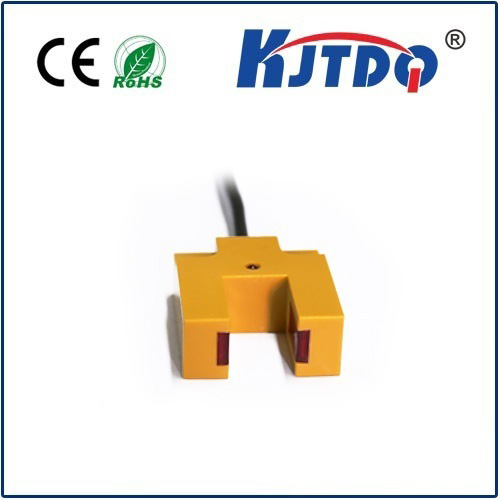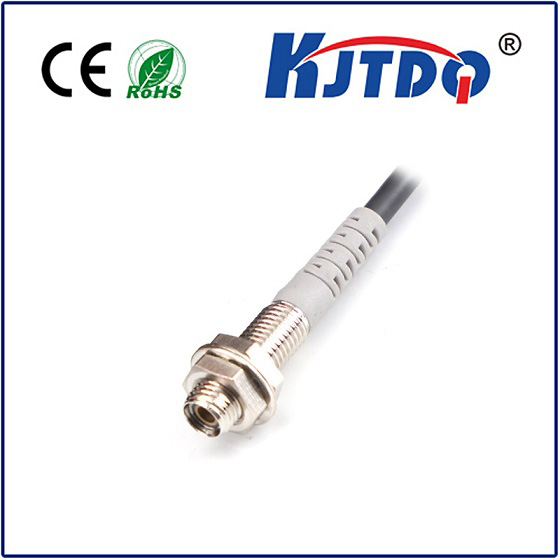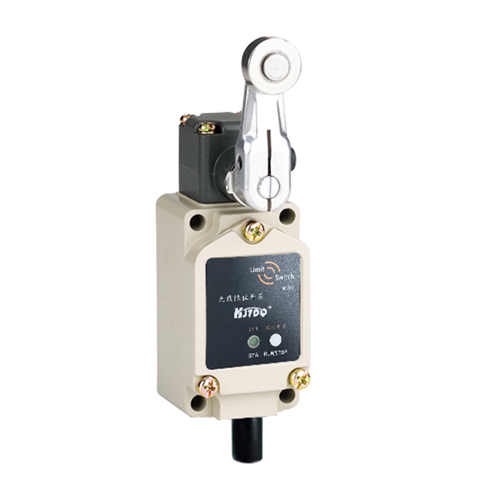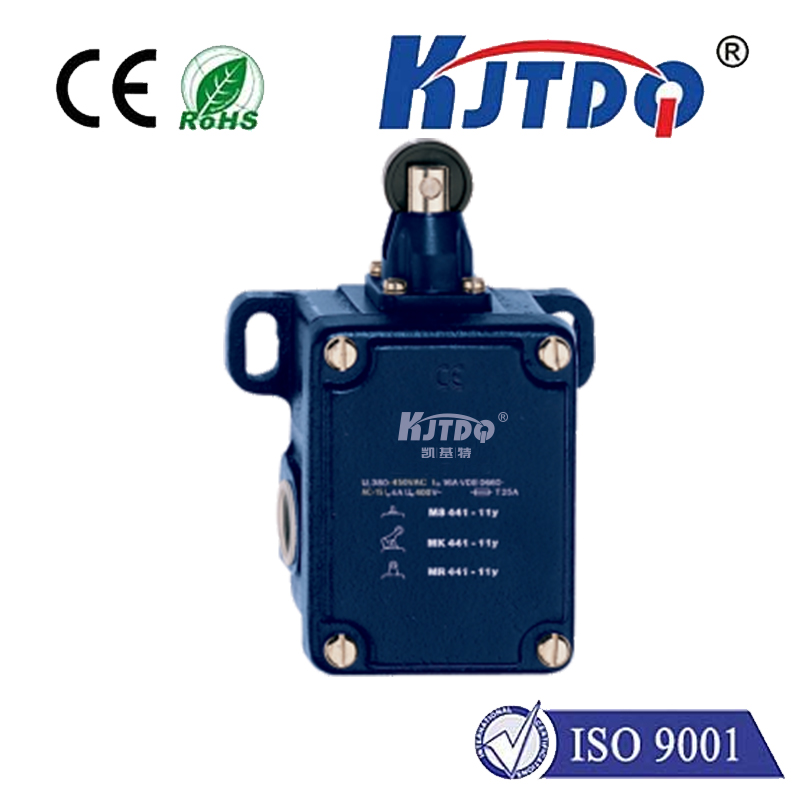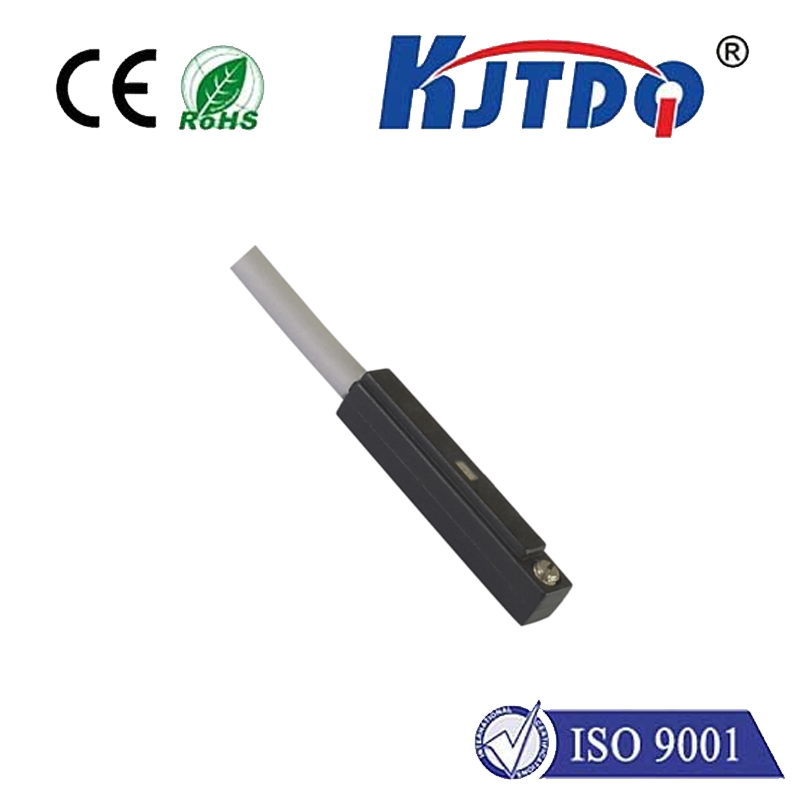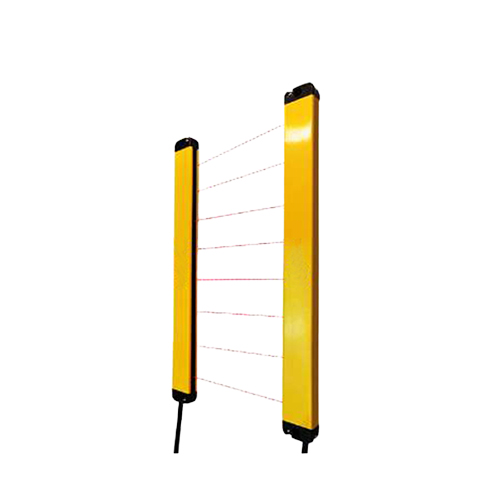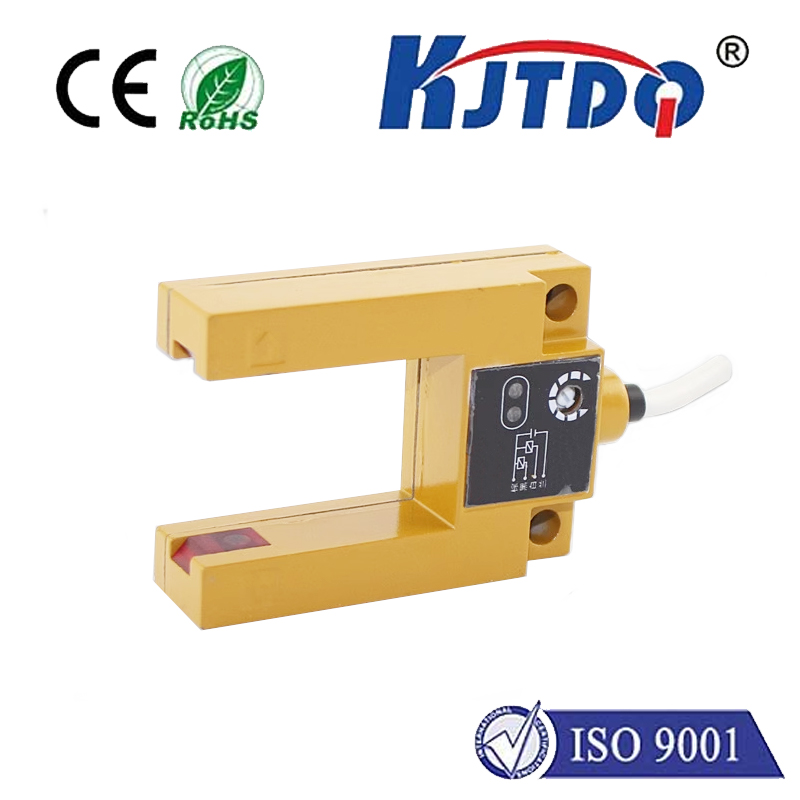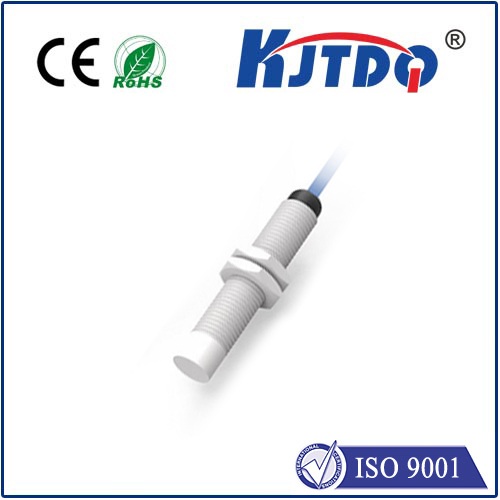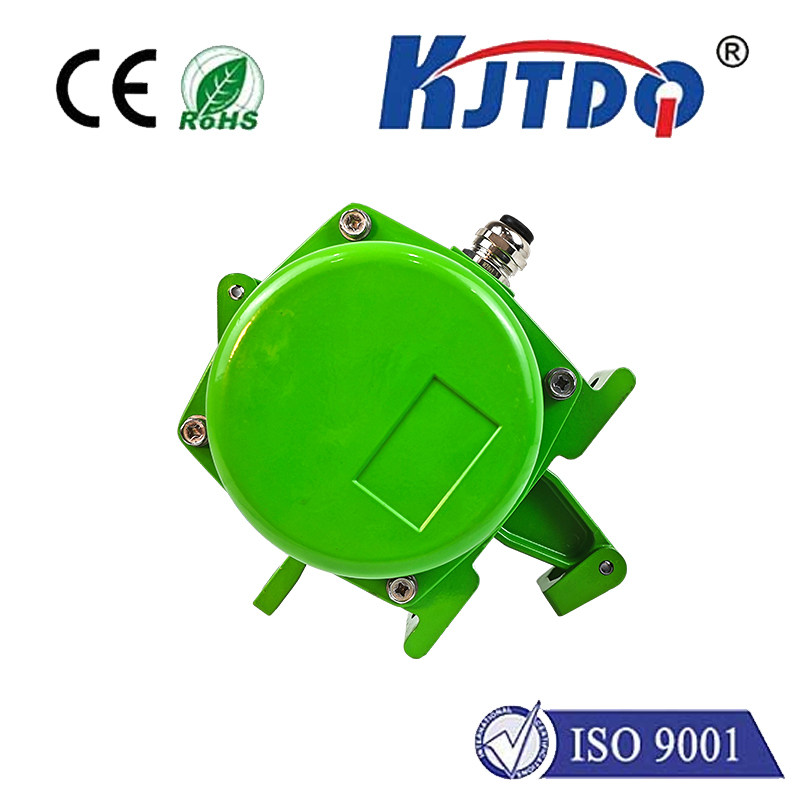индукция приближения датчика
- time:2025-07-17 08:30:58
- Нажмите:0
Inductive Proximity Sensors: Your Key to Reliable Non-Contact Metal Detection
Imagine a robotic arm on an assembly line, smoothly picking up metal components with uncanny precision. Or a high-speed bottling plant, flawlessly tracking thousands of cans per hour. What unseen technology enables this relentless efficiency? Often, it’s the silent sentinels of automation: inductive proximity sensors. These rugged, dependable devices form the backbone of countless industrial processes, offering a robust solution for non-contact detection of metallic objects without physical wear or tear.
Understanding the Core Technology
At its heart, an inductive proximity sensor operates on fundamental principles of electromagnetism. Here’s how it works:
- Generating the Field: Inside the sensor’s active face lies an oscillator circuit generating a high-frequency electromagnetic field.
- Target Interaction: When a metallic target (ferrous metals like iron/steel, or non-ferrous like aluminum, brass, copper) enters this electromagnetic field, eddy currents are induced within the target material.
- Detecting the Change: These eddy currents create a measurable energy loss within the sensor’s oscillator circuit. The magnitude of this loss depends on the target’s material composition, size, shape, and crucially, its distance from the sensor face.
- Signal Output: An internal demodulation circuit detects this energy fluctuation. Once the energy loss exceeds a predetermined threshold (indicating the target is sufficiently close), the sensor’s electronic switch changes state. This triggers an output signal – typically switching a load (like a PLC input, relay, or indicator light) ON or OFF.
The defining characteristic is non-contact operation. The sensor detects the presence, absence, or position of a metal object without ever touching it. This eliminates mechanical stress, friction, and the resulting wear, significantly enhancing reliability and longevity in harsh environments.
Why Choose Inductive Proximity Sensors? Key Advantages
Their widespread adoption in demanding industrial settings like manufacturing, automotive, packaging, and material handling is no accident. They offer compelling benefits:
- Exceptional Durability: Built with robust housings (often stainless steel, nickel-plated brass, or rugged plastics like PBT) and typically rated for high IP (Ingress Protection) levels (e.g., МП67, IP68, IP69K), they withstand dust, dirt, oils, coolants, vibration, and high-pressure washdowns. Many are designed to endure significant mechanical shock.
- High Switching Frequencies: Capable of very fast response times (often in the kilohertz range), making them ideal for detecting objects moving at high speeds or closely spaced on conveyors.
- No Moving Parts: The absence of physical contact mechanisms translates to virtually maintenance-free operation and extended service life compared to mechanical limit switches.
- Immunity to Environmental Factors: Unlike optical sensors, they are largely unaffected by ambient light conditions, dust, smoke (non-metallic), oil mist, or dirt accumulation on the lens – problems that frequently plague photoelectric sensors. Their inherent design also lends significant resistance to Electromagnetic Interference (EMI).
- Simple Integration: Available in various industry-standard housing styles (cylindrical threaded barrels like M8, M12, M18, M30, and block/cubic shapes) and electrical outputs (NPN, PNP, Normally Open/Closed, analog), integration into existing control systems (PLCs) is straightforward.
- Cost-Effectiveness: For metal detection applications, they often provide the most reliable and economical solution long-term due to low maintenance and high durability.
Defining Performance: Key Specifications
Understanding a few critical parameters is essential for selecting the right sensor:
- Nominal Sensing Range (Sn): The standardized detection distance for a specified target (usually a square iron plate of 1mm thickness, with sides equal to the sensor face diameter). Crucially, actual sensing distance varies significantly with target material.
- Target Material & Factor: Ferrous metals (iron, steel) offer the longest sensing distances. Non-ferrous metals (aluminum, brass, copper) and stainless steel have reduced ranges, often quantified by a correction factor relative to mild steel (e.g., aluminum ~0.4x Sn).
- Hysteresis: The difference between the switch-on point (as target approaches) and switch-off point (as target moves away). This prevents output chattering when a target is precisely at the detection threshold.
- Switching Frequency: The maximum number of on/off cycles the sensor can perform per second (Hz).
- Operating Voltage Range: The DC (or sometimes AC) voltage required for power. Common DC ranges are 10-30V DC or 20-250V AC/DC.
- Output Configuration: PNP (sourcing current) or NPN (sinking current); NO (Normally Open) or NC (Normally Closed) switching logic.
- Environmental Ratings: IP rating for dust/moisture protection and temperature range specifications.
Inductive Sensors in Action: Common Applications
The ability to detect metal objects reliably and without contact makes these sensors indispensable across industries:
- Position Verification: Confirming the presence or absence of a metal part on a fixture, conveyor, or robotic gripper. Is that engine block secured? Is the pallet in position?
- Object Counting: Counting metallic items like bottles with metal caps, cans, automotive parts, or fasteners on a moving line.
- End-of-Travel/Limit Detection: Signaling when a machine component (like a cylinder rod or slide) reaches its programmed limit position.
- Speed Monitoring: Detecting gear teeth, sprockets, or shaft-mounted targets to monitor rotational speed.
- Jam Detection: Sensing the buildup of metal objects in chutes or conveying systems.
- Machine Tool Safety: Verifying the correct position of tooling, clamps, or guards in CNC machining centers.
- Fill Level Detection: Detecting metal pistons or floats within tanks (where applicable).
- Automated Assembly: Ensuring components are correctly positioned before assembly operations proceed.
Selecting the Right Sensor: A Few Considerations
While seemingly straightforward, selecting the optimal inductive sensor requires attention to detail:
- Target Material: Is it mild steel, stainless steel, aluminum, brass, or another alloy? This dramatically impacts the achievable sensing distance.
- Required Sensing Distance: How far away does the target need to be reliably detected? Factor in material effects.
- Installation Constraints: Space limitations dictate housing style and size (e.g., flush vs non-flush mounting). Flush-mountable sensors can be embedded in metal surrounding material without affecting performance (via their shielded design), offering protection. Non-flush sensors offer longer ranges but cannot be mounted flush.
- Environmental Conditions: Exposure to extreme temperatures, chemicals, high pressure washdowns, or heavy vibration dictates the required housing material and IP rating.
- Electrical Requirements: Compatibility with the control system’s voltage and input type (PNP/NPN, sourcing/sinking) is essential.
- Output Needed: Simple on/off switching? Or an analog output (e.g., 4-20mA, 0-10V) proportional to distance
